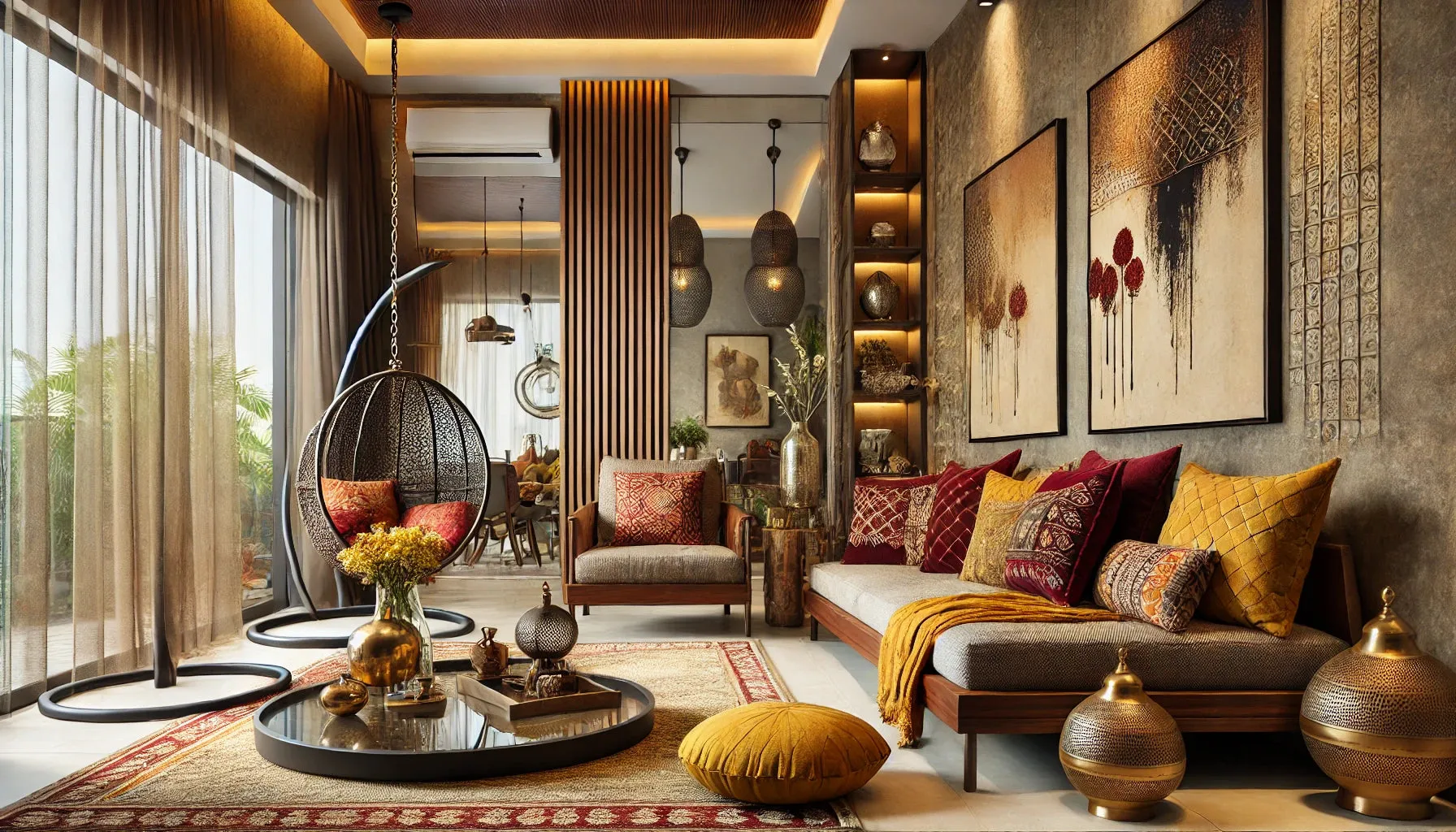Indian wall hangings are a captivating fusion of art, culture, and craft that have adorned the walls of homes for centuries. They are not just decorative pieces; they tell stories, reflect the diversity of Indian traditions, and showcase the exceptional craftsmanship of artisans from various regions. This article will explore the charm of Indian wall hangings, highlighting both traditional and modern styles, their significance, and how they can enhance the aesthetic appeal of any space.
Understanding the Cultural Significance of Wall Hangings
Wall hangings in India date back to ancient times, serving as more than just decorative items. They often have deep cultural and religious significance, used in temples and homes to invoke blessings and prosperity. For instance, tapestries featuring intricate motifs of gods and goddesses serve as spiritual focal points in many households. These pieces are often made using traditional techniques such as block printing, embroidery, and weaving, passed down through generations. The vibrant colors and intricate designs are reflective of the region’s heritage, with each piece telling a unique story about its origin.
Traditional Styles of Indian Wall Hangings
Traditional Indian wall hangings come in various styles, each representing the unique art forms of different regions. One of the most famous is the Pattachitra from Odisha, known for its intricate details and mythological narratives. Similarly, the Madhubani paintings from Bihar are characterized by their vibrant colors and folk themes, often depicting nature and mythology. Another notable style is the Kantha embroidery from West Bengal, where layers of fabric are stitched together to create beautiful patterns. These traditional wall hangings not only serve as decorative art but also keep alive the cultural heritage of India.
Modern Interpretations and Styles
While traditional wall hangings are rooted in history, modern interpretations have emerged, blending traditional techniques with contemporary aesthetics. Designers are now experimenting with materials such as felt, jute, and eco-friendly fabrics to create wall art that appeals to a modern audience. These pieces often feature abstract designs or minimalistic patterns, moving away from the intricate details of traditional art. This fusion of old and new allows wall hangings to fit seamlessly into modern interiors while still celebrating Indian craftsmanship.
Popular Materials Used in Indian Wall Hangings
Materials play a crucial role in the charm of Indian wall hangings. Traditional options like silk, cotton, and wool are commonly used, each lending its texture and appearance to the final piece. For example, silk wall hangings often have a rich sheen and are used for more formal settings, while cotton hangings might be chosen for their durability and ease of care. In recent years, sustainable materials like jute and bamboo have gained popularity, reflecting a growing trend towards eco-conscious living. These materials not only add to the aesthetic appeal but also contribute to a more sustainable approach to home decor.
How to Choose the Right Wall Hanging for Your Space
Selecting the perfect wall hanging for your home involves considering several factors, including the size, color scheme, and overall theme of your space. Large wall hangings can serve as statement pieces, drawing attention and becoming focal points in a room. In contrast, smaller hangings can be grouped together to create an art gallery effect. It’s also essential to consider the existing decor; vibrant, colorful pieces can brighten up neutral spaces, while more subdued tones can enhance a cozy atmosphere. Ultimately, the right wall hanging should resonate with your personal style and complement the overall aesthetic of your home.
Caring for Your Indian Wall Hangings
To preserve the beauty and longevity of your Indian wall hangings, proper care is essential. Regular dusting with a soft cloth can help maintain their appearance. For fabric hangings, avoiding direct sunlight is crucial to prevent fading. If cleaning is needed, it’s best to follow the care instructions specific to the material; some may be machine washable while others require professional cleaning. Additionally, proper storage when not in use can prevent damage. Rolling fabric pieces rather than folding them can help maintain their shape and prevent creases.
Where to Buy Authentic Indian Wall Hangings
Finding authentic Indian wall hangings can be an exciting journey. Many artisans and local markets across India offer a variety of options, showcasing the unique craftsmanship of the region. Online platforms specializing in handmade goods, such as Etsy or dedicated Indian art websites, also provide access to a broader selection. When purchasing, it’s essential to verify the authenticity of the seller to ensure that you are supporting artisans directly. This not only helps preserve traditional crafts but also contributes to the livelihoods of skilled artisans across the country.
Incorporating Wall Hangings into Different Rooms
Wall hangings can enhance the aesthetic of any room in your home. In living rooms, they can serve as eye-catching focal points above sofas or fireplaces. In bedrooms, softer hues and patterns can create a calming atmosphere, while vibrant pieces can add energy to a child’s room. Kitchens can benefit from smaller, thematic hangings that reflect culinary traditions. Additionally, offices can utilize inspiring wall art to create a motivating environment. The versatility of wall hangings allows them to adapt to various spaces, making them a fantastic choice for decoration.
Conclusion: Embracing the Charm of Indian Wall Hangings
Indian wall hangings are a delightful blend of history, culture, and artistry that can transform any space into a vibrant reflection of personal style. Whether you prefer traditional designs that tell stories of heritage or modern interpretations that fit contemporary aesthetics, there is a wall hanging for everyone. By choosing the right pieces and caring for them properly, you can enjoy the charm of Indian craftsmanship while supporting the artisans who create these beautiful works of art. As you decorate your home, let the stories and colors of Indian wall hangings inspire you to create a space that is uniquely yours.

